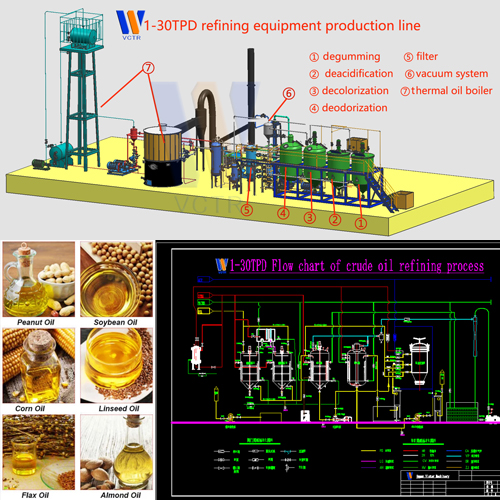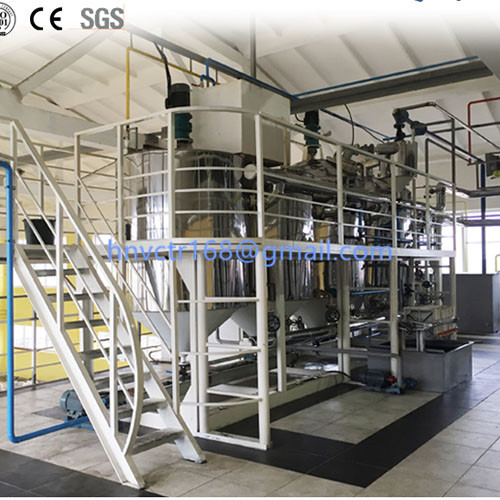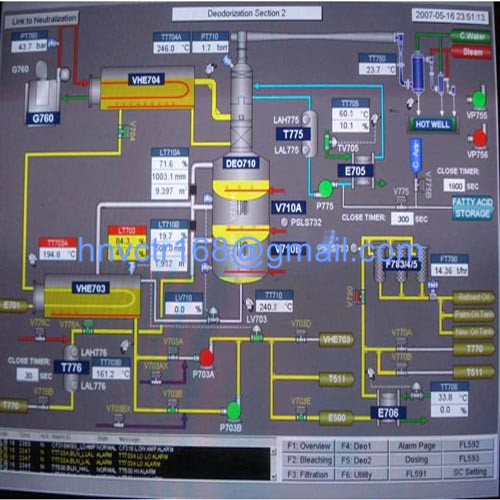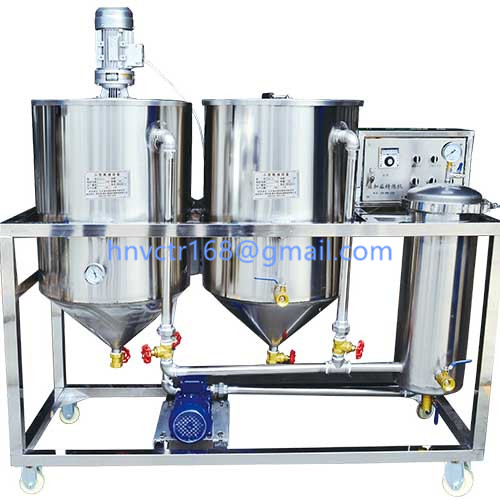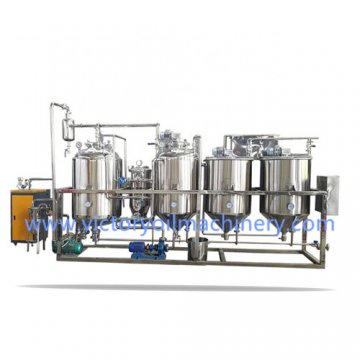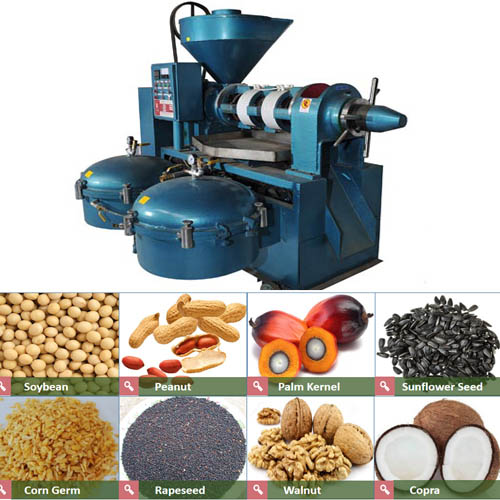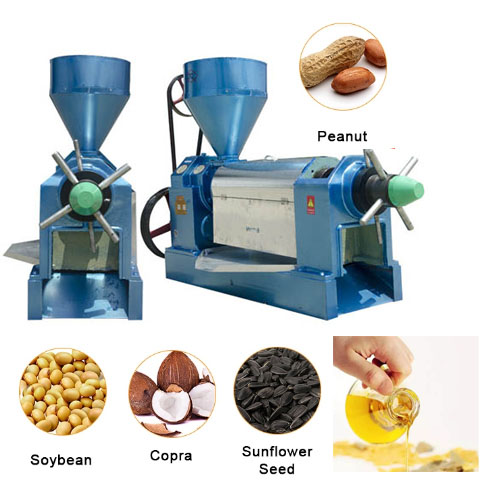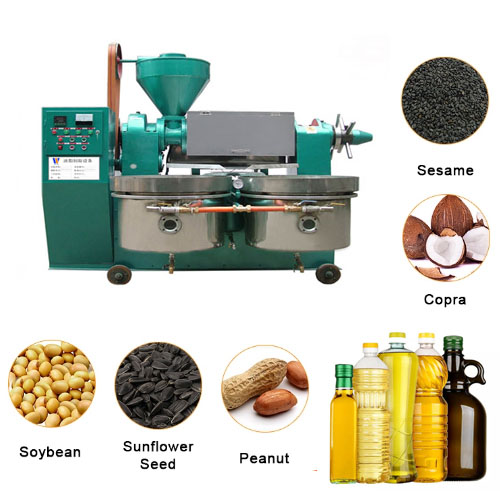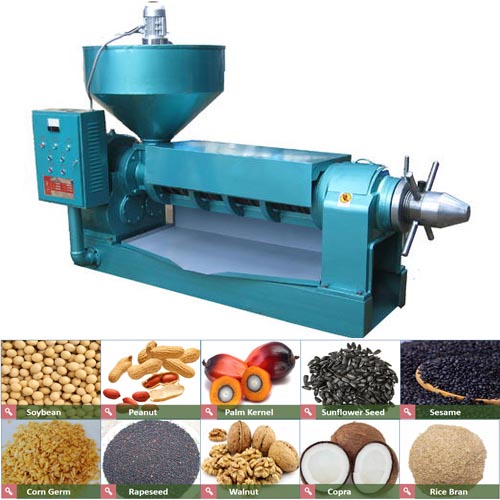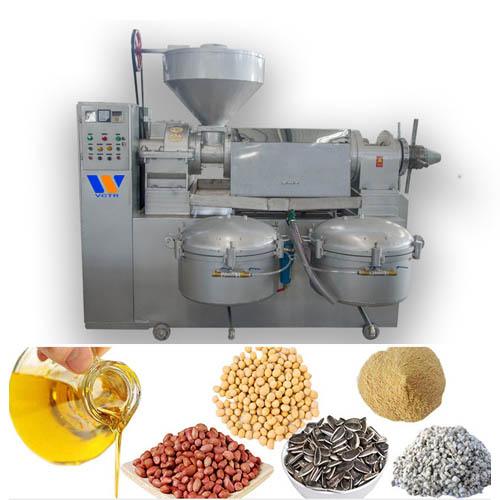Oil processing technology-Oilseed cooking
Oilseed cooking
Oilseed cooking refers to the process in which raw flakes undergo certain physical and chemical changes after moisturizing, heating, steaming and frying, and their internal structure changes to transform cooked flakes.
Cooking is one of the important processes in the oil production process. Because cooking can take advantage of the effects of moisture and temperature to make great changes in the internal structure of the oilseed, such as further damage to cells, coagulation and denaturation of proteins, segregation and combination of phospholipids and gossypol, etc.These changes are not only conducive to the easier separation of oil from the oilseed, but also conducive to the improvement of the quality of crude oil. Therefore, the effect of cooking has a direct impact on the smooth progress of the entire oil production process, the level of oil yield, and the quality of oil and cakes.
1. Layered cooker
After the main oilseed flakes are processed in a 5-layer cooker, the discharge moisture and temperature:
① Soybeans have a moisture content of 5-7% and a temperature of about 108℃;
②Peanut kernels have a moisture content of 5-7% and a temperature of about 110℃;
③The discharging moisture of cottonseed is 5-8%, and the discharging temperature is about 105℃;
④Rapeseed has a moisture content of 4-6% and a temperature of about 110℃;
⑤ Sesame seeds have a moisture content of 5-7% and a temperature of about 110℃;
⑥Rice bran has a moisture content of 7-9%, and a temperature of about 105℃.
In the cooker on the oil press, the moisture and temperature of the oil after cooking the flakes are usually called the pressing moisture and the pressing temperature. The moisture and temperature of the main oilseed flakes:
① Soybeans are pressed with 1.5-2.8% moisture, and the pressing temperature is about 128℃;
② Peanut kernels are pressed with 1.0-2.0% moisture, and the pressing temperature is about 130℃;
③ Cottonseed is pressed with 1.5-2.5% moisture, and the temperature is 125-128℃;
④ Rapeseed is pressed with 1.0-1.5% moisture, and the pressing temperature is about 130℃;
⑤ Sesame seeds are pressed with 1.2-2.0% moisture, and the pressing temperature is 125-130℃;
⑥ Rice bran are pressed with 2.5-3.6% moisture, and the pressing temperature is 120-125℃.
2. Hot-air cooker
The hot-air cooker is mainly used for the uniform roasting of medium sesame and peanut kernels made from sesame oil, sesame paste and peanut oil. The sesame seeds roasted by the equipment have uniform color, loose surface, high temperature, low pressed moisture, and the oil output rate can reach 46% to 48%. Because this equipment implements continuous and fully enclosed production, it optimizes production conditions and changes the long-term use of a flat-bottomed cooker to roast sesame seeds in my country.
Oilseed cooking refers to the process in which raw flakes undergo certain physical and chemical changes after moisturizing, heating, steaming and frying, and their internal structure changes to transform cooked flakes.
Cooking is one of the important processes in the oil production process. Because cooking can take advantage of the effects of moisture and temperature to make great changes in the internal structure of the oilseed, such as further damage to cells, coagulation and denaturation of proteins, segregation and combination of phospholipids and gossypol, etc.These changes are not only conducive to the easier separation of oil from the oilseed, but also conducive to the improvement of the quality of crude oil. Therefore, the effect of cooking has a direct impact on the smooth progress of the entire oil production process, the level of oil yield, and the quality of oil and cakes.
1. Layered cooker
After the main oilseed flakes are processed in a 5-layer cooker, the discharge moisture and temperature:
① Soybeans have a moisture content of 5-7% and a temperature of about 108℃;
②Peanut kernels have a moisture content of 5-7% and a temperature of about 110℃;
③The discharging moisture of cottonseed is 5-8%, and the discharging temperature is about 105℃;
④Rapeseed has a moisture content of 4-6% and a temperature of about 110℃;
⑤ Sesame seeds have a moisture content of 5-7% and a temperature of about 110℃;
⑥Rice bran has a moisture content of 7-9%, and a temperature of about 105℃.
In the cooker on the oil press, the moisture and temperature of the oil after cooking the flakes are usually called the pressing moisture and the pressing temperature. The moisture and temperature of the main oilseed flakes:
① Soybeans are pressed with 1.5-2.8% moisture, and the pressing temperature is about 128℃;
② Peanut kernels are pressed with 1.0-2.0% moisture, and the pressing temperature is about 130℃;
③ Cottonseed is pressed with 1.5-2.5% moisture, and the temperature is 125-128℃;
④ Rapeseed is pressed with 1.0-1.5% moisture, and the pressing temperature is about 130℃;
⑤ Sesame seeds are pressed with 1.2-2.0% moisture, and the pressing temperature is 125-130℃;
⑥ Rice bran are pressed with 2.5-3.6% moisture, and the pressing temperature is 120-125℃.
2. Hot-air cooker
The hot-air cooker is mainly used for the uniform roasting of medium sesame and peanut kernels made from sesame oil, sesame paste and peanut oil. The sesame seeds roasted by the equipment have uniform color, loose surface, high temperature, low pressed moisture, and the oil output rate can reach 46% to 48%. Because this equipment implements continuous and fully enclosed production, it optimizes production conditions and changes the long-term use of a flat-bottomed cooker to roast sesame seeds in my country.

